|
Last week I was fortunate enough to visit the exhibition 'The embroidered Heaven' at the Church Heritage Museum in Vilnius, Lithuania. I also met with Lithuanian embroideress Agne Zemkajute. Discussing pieces in the exhibition with a kindred soul is pure bliss! And Agne proved to be a very knowledgeable guide and fellow cake eater :). As we both have a love of church textiles and love to recreate them, this was certainly not the last time we have met. For those of you not living within two hours flying time from Vilnius, I will try to pack this blog post as full as I can with impressions of the exhibition. And at the end of this lengthy post, I will pass on details of the lovely catalogue produced by the museum. The exhibits were displayed chronologically from the Late Medieval period until the 20th century. Due to the fact that the Lithuanians were the last peoples in Europe to convert to Christianity in AD 1387, there aren't any really old vestments. And Lithuania's turbulent recent history with 100 years of Tsarist rule, two World Wars and the Soviet Occupation, didn't help in the preservation of what once has been there either. Nevertheless, there were two chasubles and a cope hood on display which dated to the Late Medieval period. One of the Late Medieval chasubles was 'restored' using paint. Its iconography of saints sitting under an architectural arch is well-known from many other embroidered vestments and paintings dating to the same period. There were many more chasubles and related vestments on display dating to the 17th century. Contrary to earlier vestments who told a biblical story, vestments from the Baroque period feature large floral motives and an excessive use of gold threads. The height of the padding on some of these pieces is mind-boggling! These vestments were meant to dazzle you and to clearly show you who held power. Although I am not a fan of the Baroque period, I do admire the skill needed to produce these magnificent pieces of highly-padded goldwork embroidery. Today, this style of embroidery is still in use in the embroidery ateliers of Spain. One of the people teaching this type of embroidery and blogging about it, is Cristina Badillo. Playful 18th century Rococo with its elegant floral motives is much more my cup of tea. Especially the cope displayed above. Does this not remind you of Jacobean crewel work? However, this is made with silk and silver passing thread. I have never come across a piece like this and I would love to hear from my readers if they know of a comparable piece. Agne and I discussed the piece at length as we can't quite discern how the flowers have been stitched. In fact, we have so many questions about this piece that we will have no choice (how horrible!) than to try and recreate some of it. Just determining if it is best to stitch the silk before the metal threads or the other way around was just not possible from looking at the piece. We even took pictures if the blown-up detail pictures on display to get a grip on the stitching process... This chasuble from c. 1909 reminds me of the chasubles made by Leo Peters, a Dutch artist, around that time. It has an Art Nouveau feel to it. And the padding underneath the figure of Jesus and the cross is just amazingly thick. And I really liked this early 20th century piece as well. I don't remember seeing vestments using panels of needlepoint before. There is even some drawn-thread work in this one.
Apart from the many embroidered vestments on display in the exhibition, the museum also has a few vestments on permanent display. And, best of all, they have a large set of drawers on the organ gallery. Each drawer contains a vestment. They allow you to browse through them and have a good look at them without the hindrance of glass! Please note: the exhibition 'The embroidered Heaven' will end on the 15th of September 2018. However, the Church Heritage Museum sells a wonderful catalogue, hard-bound, and with full-page detailed pictures of all the vestments held by the museum. Although the regular text is in Lithuanian, there is an excellent summary in English in the back. The catalogue has 222 pages and costs only €15. You can contact the museum here.
12 Comments
|
Want to keep up with my embroidery adventures? Sign up for my weekly Newsletter to get notified of new blogs, courses and workshops!
Liked my blog? Please consider making a donation or becoming a Patron so that I can keep up the good work and my blog ad-free!
Categories
All
Archives
July 2024
|
Contact: info(at)jessicagrimm.com
Copyright Dr Jessica M. Grimm - Mandlweg 3, 82488 Ettal, Deutschland - +49(0)8822 2782219 (Monday, Tuesday, Friday & Saturday 9.00-17.00 CET)
Impressum - Legal Notice - Datenschutzerklärung - Privacy Policy - Webshop ABG - Widerrufsrecht - Disclaimer
Copyright Dr Jessica M. Grimm - Mandlweg 3, 82488 Ettal, Deutschland - +49(0)8822 2782219 (Monday, Tuesday, Friday & Saturday 9.00-17.00 CET)
Impressum - Legal Notice - Datenschutzerklärung - Privacy Policy - Webshop ABG - Widerrufsrecht - Disclaimer

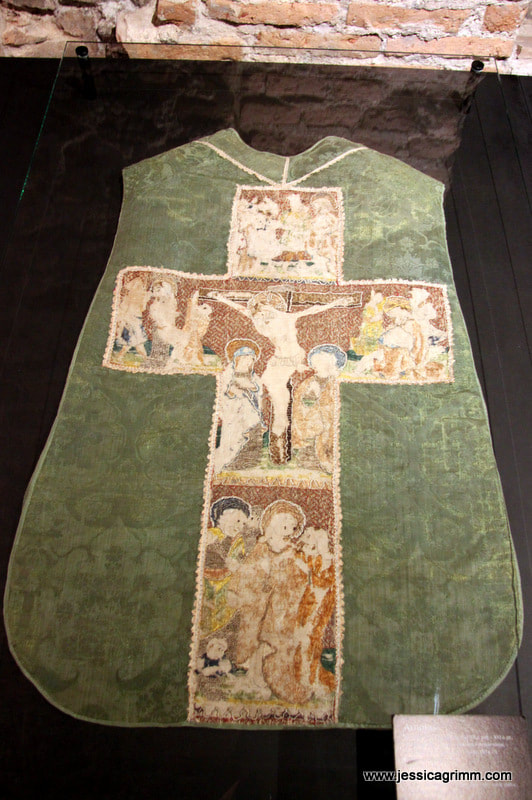
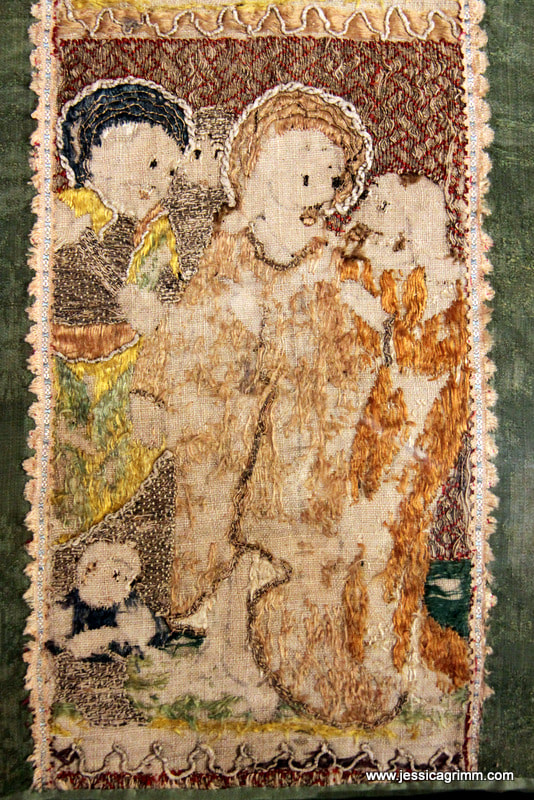
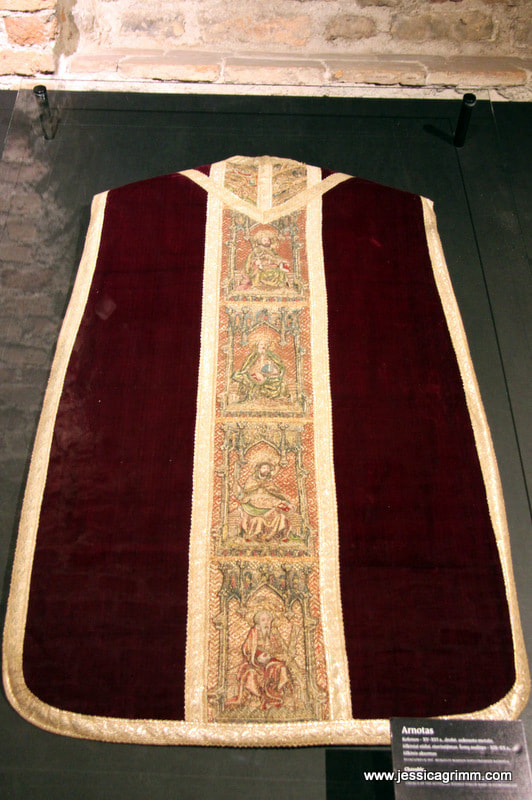
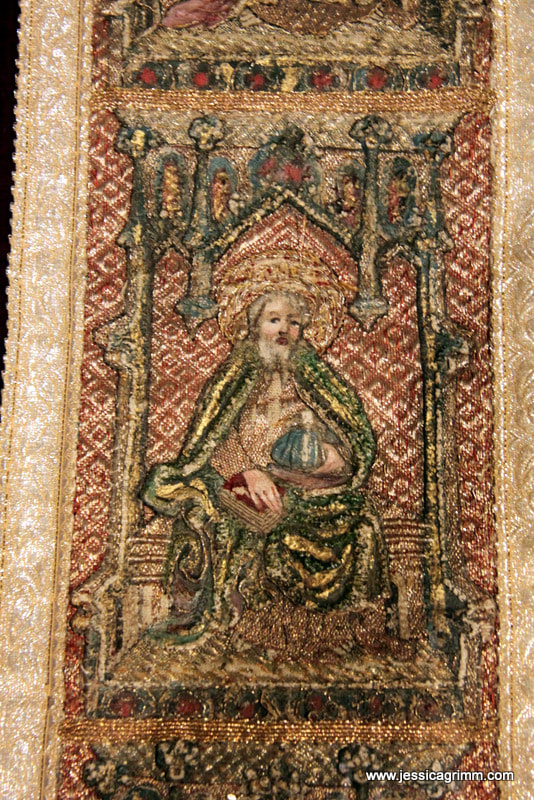
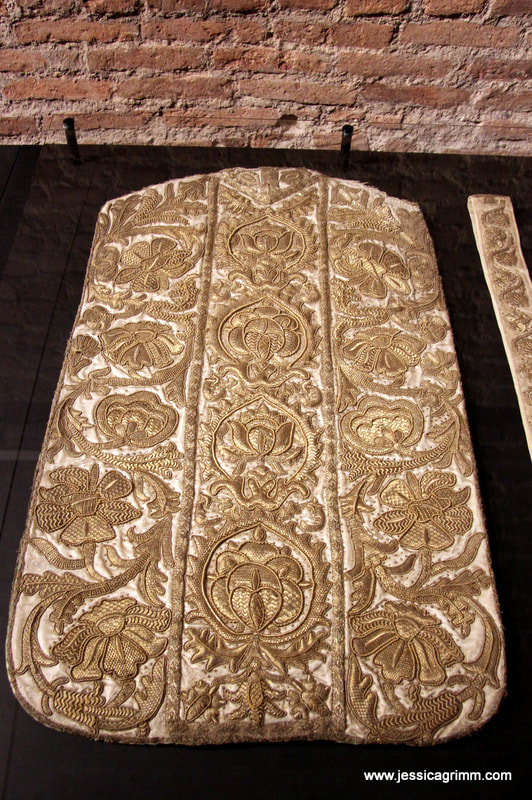
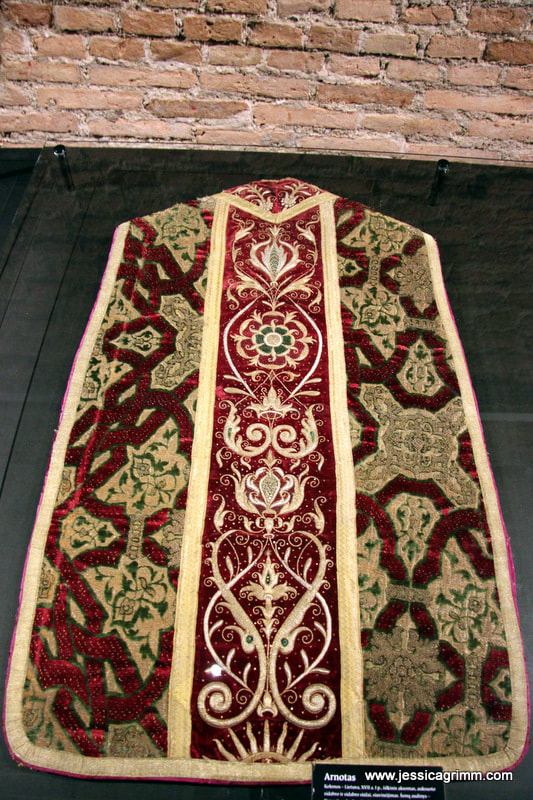
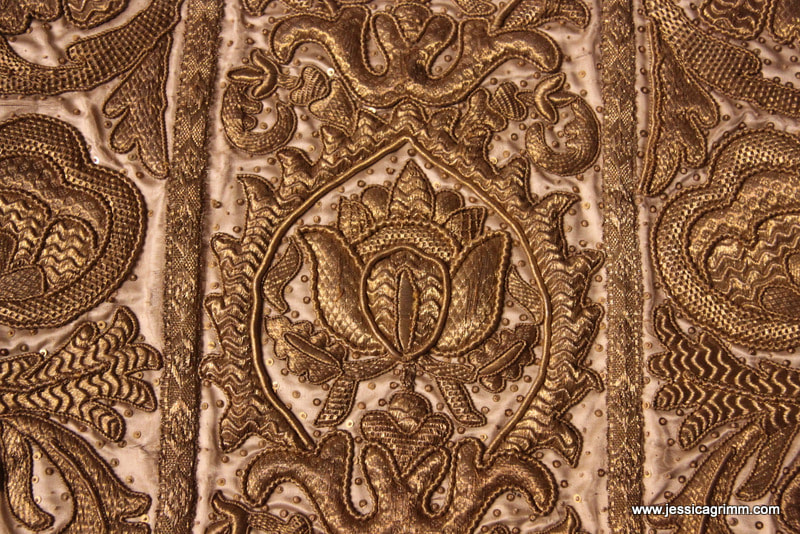
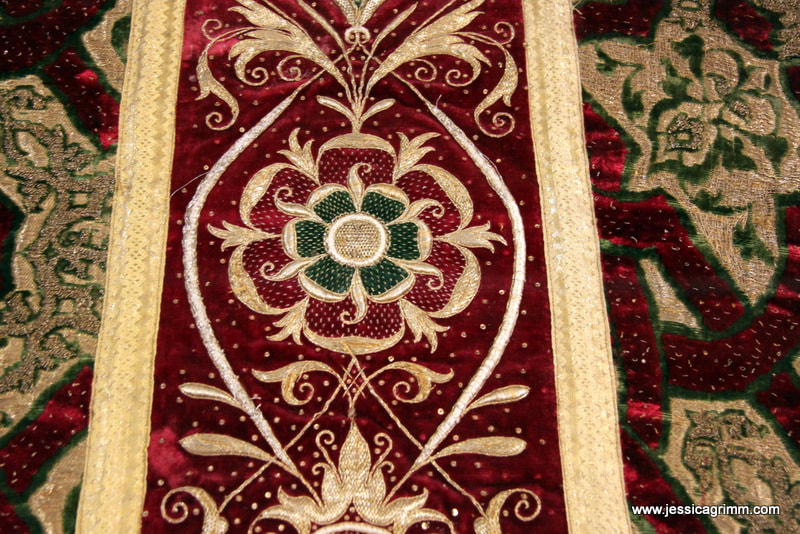
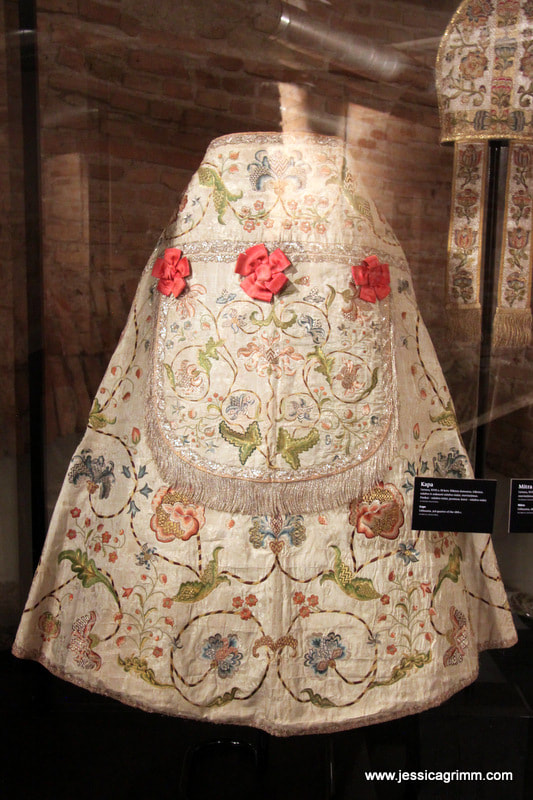
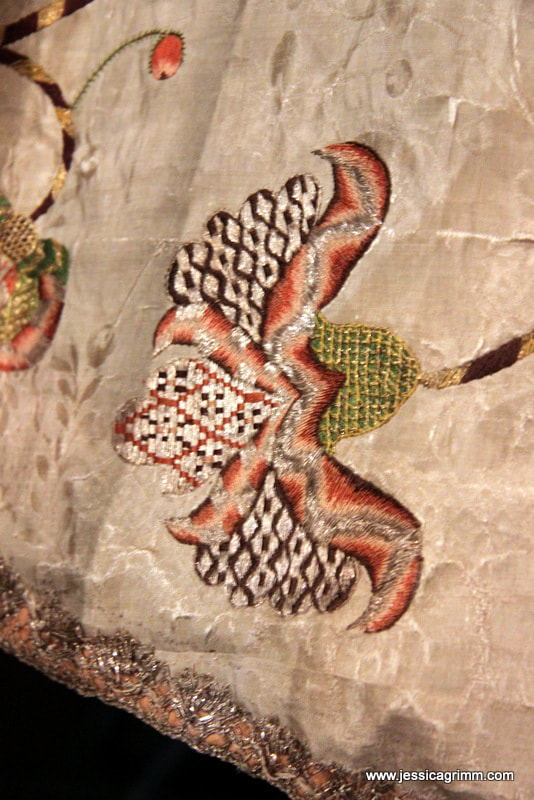
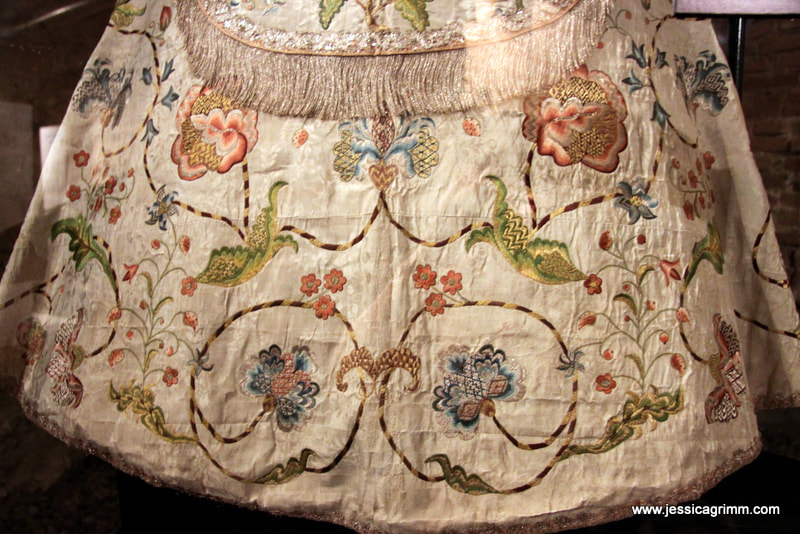
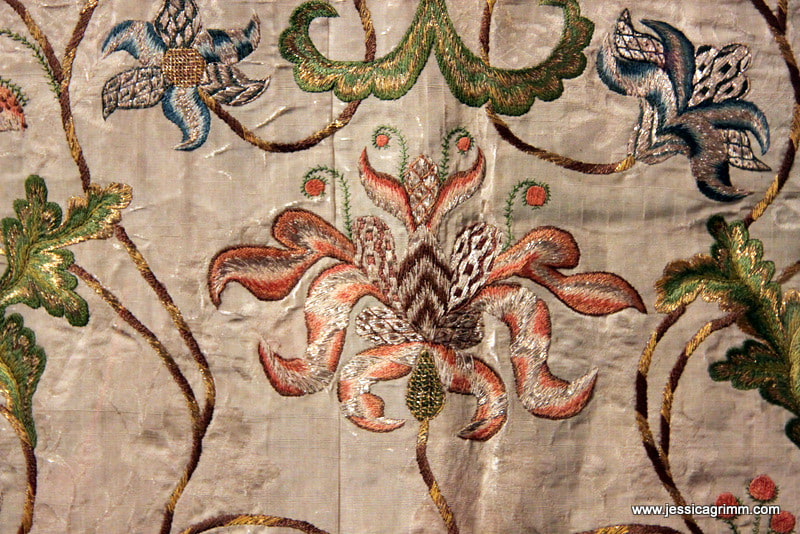
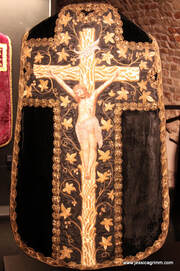
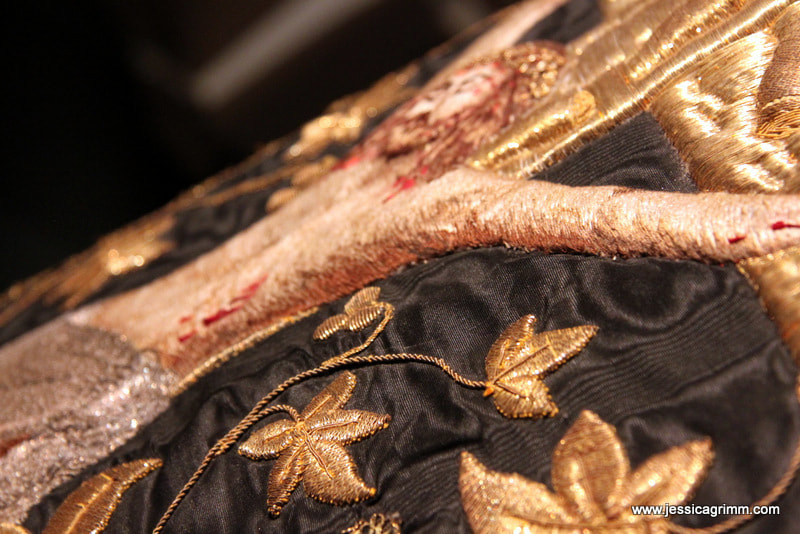
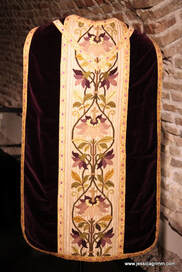
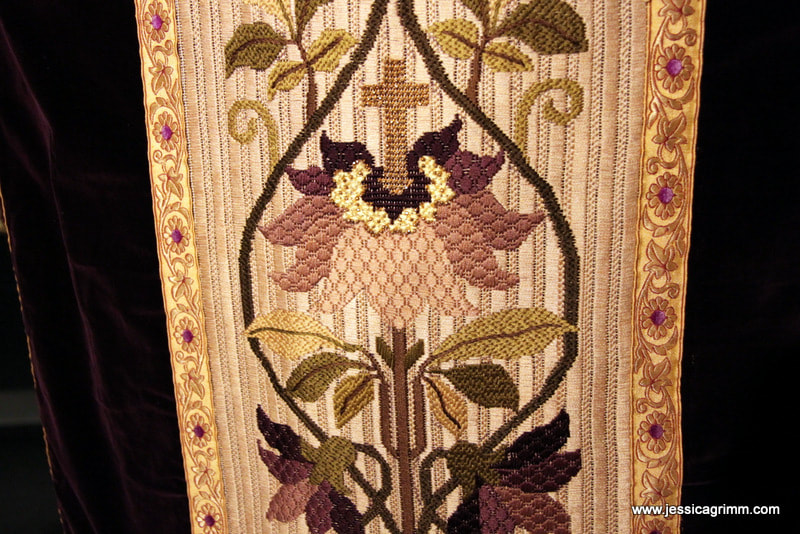





 RSS Feed
RSS Feed